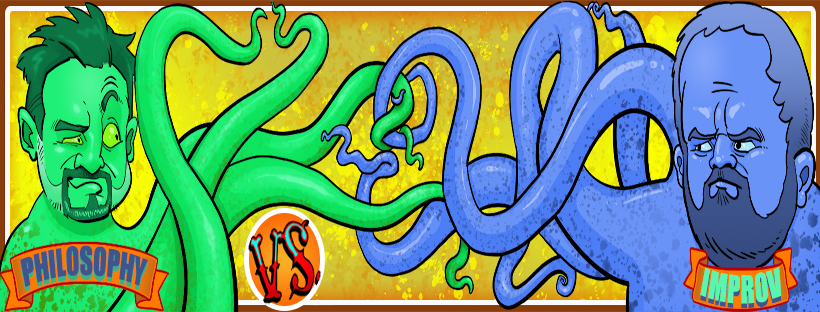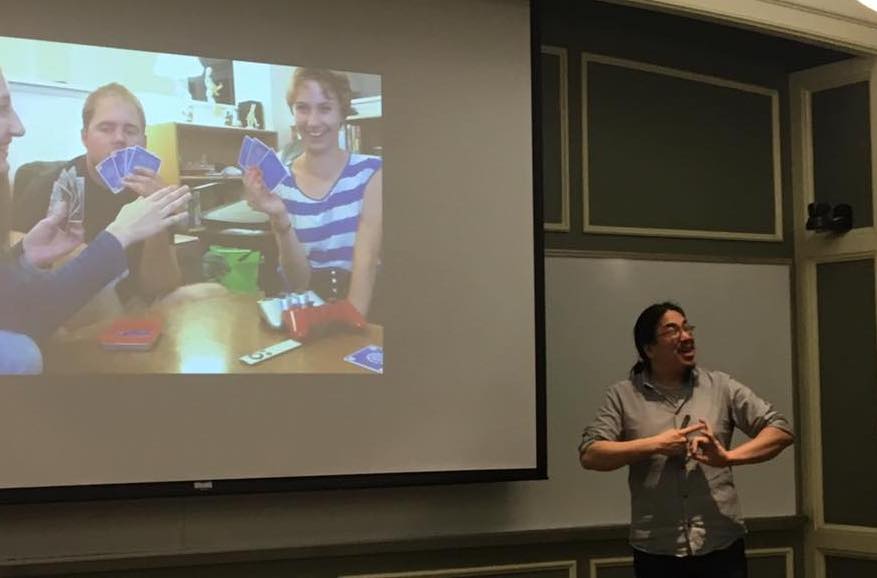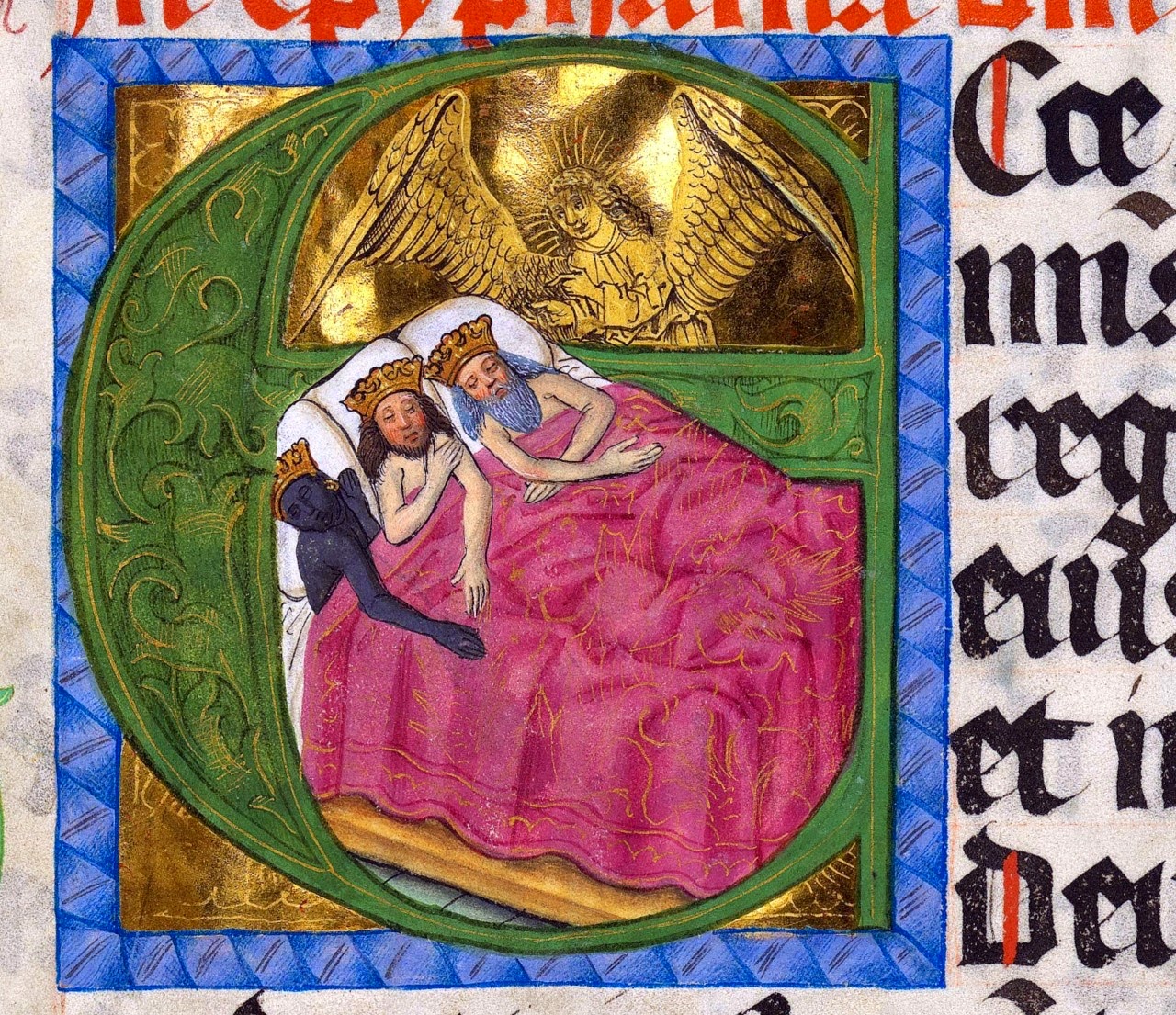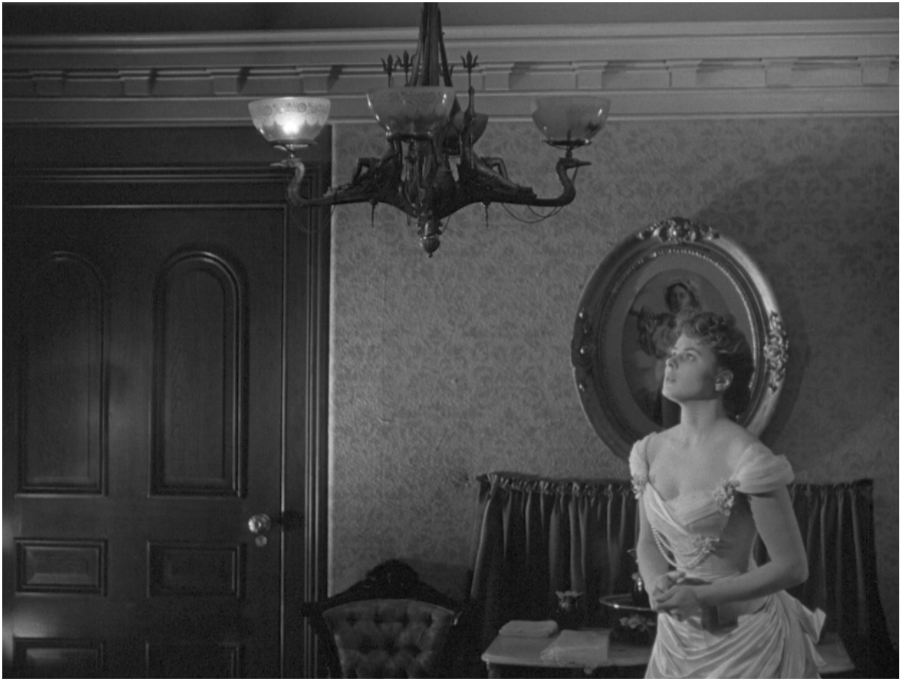Martin Heidegger is often called the most important philosopher of the 20th century. I’m not in a position to evaluate this claim, but his influence on contemporary and successive European and American thinkers is considerable. That influence spread all the way to Thailand, where Buddhist monk and university professor Bhikku Maha Mani came to think of Heidegger as “the German philosopher.” (A conception, writes Otto Poggeler in an essay on Heidegger and Eastern thought, that may have “perverted the monk’s wanting to talk” to the philosopher, “since philosophy never lets itself be embodied in an idol.”) The Buddhist monk, also a radio presenter who later left his order to work for American television, met the German philosopher in 1963 for an interview on German TV station SWR. Maha Mani asks his questions in English, Heidegger responds in German. See the first part of the interview above, the second below.
This was not at all the first time the German philosopher had dialogued with an East Asian thinker. In a study on the Buddhist and Taoist influences on Heidegger’s work, Reinhold May writes that Heidegger’s “direct contact with East Asian thought dates back at least as far as 1922” when he began conversations with several major Japanese thinkers. Nonetheless, Heidegger apparently had little to say on the correspondences between his ideas and those of Eastern philosophers until the 1950s, and the little that he did say seems marginal at best to his main body of work.
May’s claims of “hidden influence” may be highly exaggerated, yet Heidegger was familiar with Buddhist thought, and, in the interview, he makes some interesting distinctions and comparisons. In answer to the Bhikku’s first, very general, question, Heidegger launches into his familiar refrain—“one question was never asked [in “Occidental” philosophy], that is, the question of Being.” Heidegger defines “the human being” as “this essence, that has language,” in contrast to “the Buddhist teachings,” which do not make “an essential distinction, between human beings and other living things, plants and animals.” For Heidegger, consciousness—“a knowing relation to Being” through language—is the exclusive preserve of humans.
In the second part of the interview (read a transcript here), Bhikku Maha Mani asks Heidegger what he thinks about the contradictory Western tendency to identify people without religion as “communists” and those who live “according to religious rules” as insane. Heidegger responds that religion, in its most radical sense, simply means “a bonding-back to powers, forces and laws, that supersede human capability.” In this respect, he says, “no human being is without religion,” whether it be “the belief in science” of communists or “an atheistic religion, namely Buddhism, that knows no God.” Heidegger goes on to explain why he sees little possibility of “immediate and simple understanding” between people of different religions, philosophies, and political groups. While it may be tempting to view Heidegger’s work—and that of other phenomenological, existential, or skeptical philosophers—as working in tandem with much Eastern thought, as perhaps “the” German philosopher himself would caution, the differences are significant. In the interview above, Heidegger largely faults Germany and “all of Europe in general” for a general lack of human harmony: “We do not have any clear, common and simple relation to reality and to ourselves,” he says. “That is the big problem of the Western world.”
Courses on Heidegger’s philosophy can be found in our collection of Free Online Philosophy Courses, part of our larger collection, 1,700 Free Online Courses from Top Universities.
Note: An earlier version of this post appeared on our site in 2014.
Related Content:
The Love Letters of Hannah Arendt and Martin Heidegger
Heidegger’s “Black Notebooks” Suggest He Was a Serious Anti-Semite, Not Just a Naive Nazi





